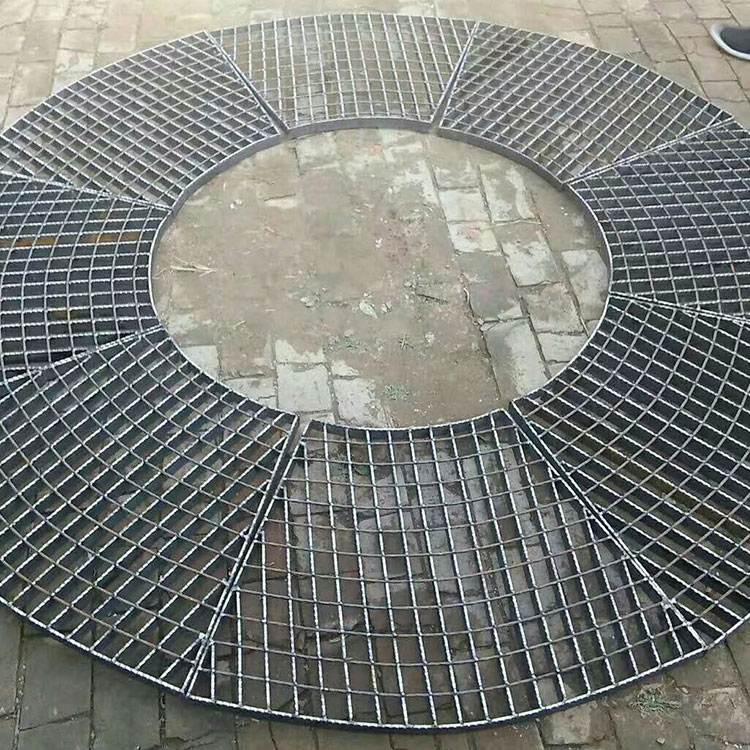Comparing Ball Valves and Butterfly Valves for Optimal Fluid Control Solutions
Ball Valves vs. Butterfly Valves A Comprehensive Comparison
When it comes to fluid control and management systems, two of the most commonly used valves are ball valves and butterfly valves. Each type has its unique functionalities, advantages, and disadvantages, making them suitable for various applications across diverse industries. Understanding the distinctions between these two valve types can greatly aid in making informed decisions for specific operational needs.
Design and Functionality
Ball valves are designed with a spherical disc or ball that serves as the closure mechanism. This ball has a hole drilled through its center (known as the bore) that allows fluid to pass through when aligned with the flow path. The ball rotates 90 degrees to either open or close the valve, providing a quick shut-off feature. This design ensures minimal fluid resistance when the valve is open, making ball valves ideal for applications where rapid flow control is necessary.
On the other hand, butterfly valves utilize a rotating disc or blade to control flow. This disc is mounted on a shaft and can rotate a quarter turn to fully open or close the valve. Butterfly valves are particularly valued for their lightweight construction and compact design, which allows for easy installation in tight spaces. They are widely used in large pipelines, where weight and space savings are crucial factors.
Operational Efficiency
Both ball valves and butterfly valves offer excellent shut-off capabilities; however, their operational efficiencies differ significantly. Ball valves are known for their tight sealing properties, which means they can effectively prevent any leaks when closed. This characteristic makes them suitable for high-pressure applications and in situations where fluid leakage could result in severe consequences, such as in the oil and gas industry.
Butterfly valves, while also effective, may not provide as tight of a seal as ball valves. In low-pressure systems, this may not pose a significant issue; however, in high-pressure applications, butterfly valves might allow for minimal leakage. For this reason, they are often used in water treatment plants and HVAC systems, where the need for a perfect seal is less critical compared to their other operational benefits.
ball valve butterfly valve

Maintenance and Durability
In terms of maintenance, ball valves generally require less upkeep compared to butterfly valves. Their simple design reduces the number of potential failure points. When properly installed and used within their pressure and temperature ratings, ball valves can provide decades of reliable service with minimal maintenance requirements.
Butterfly valves, while still durable, may necessitate more frequent maintenance due to the wear and tear on the disc and seat, particularly when working with abrasive fluids. The disc's rotation can lead to erosion and potential damage over time, especially in high-velocity applications. Therefore, while they are often more cost-effective initially, their long-term maintenance may be a consideration for operators.
Material Considerations
The materials used to manufacture ball and butterfly valves can also influence their suitability for different applications. Ball valves are often made from materials such as stainless steel, brass, and PVC, allowing them to handle a variety of corrosive and non-corrosive fluids. The choice of material is crucial for ensuring compatibility with the fluid being controlled, as well as for maximizing service life and performance.
Butterfly valves, meanwhile, may be constructed from similar materials, but the design often incorporates a lining or coating to minimize friction and resist corrosion. For example, a rubber-lined butterfly valve may be utilized in applications where the fluid is prone to causing erosion or where enhanced sealing is required.
Conclusion
In summary, both ball valves and butterfly valves serve essential roles in fluid control systems, but they each have distinct characteristics that make them suited for specific applications. Ball valves excel in high-pressure environments requiring airtight seals and quick shut-off, while butterfly valves are favored for their lightweight design and compactness in larger pipelines. Ultimately, the choice between ball and butterfly valves will depend on the specific requirements of the system, including pressure, flow rate, space constraints, and maintenance considerations. By understanding the differences between these two types of valves, engineers and operators can make more informed choices that lead to optimal performance and reliability in their fluid management systems.
-
Square Sewer Cover Enhances Urban SafetyNewsAug.01,2025
-
Pipe Fitting Requires Precise AlignmentNewsAug.01,2025
-
Manhole Step Is DurableNewsAug.01,2025
-
Manhole Cover Is Found WorldwideNewsAug.01,2025
-
Hole Cover Frame On RoadsNewsAug.01,2025
-
Gully Grate Improves Road SafetyNewsAug.01,2025
-
Man Hole Cover Round Load CapacityNewsJul.31,2025
